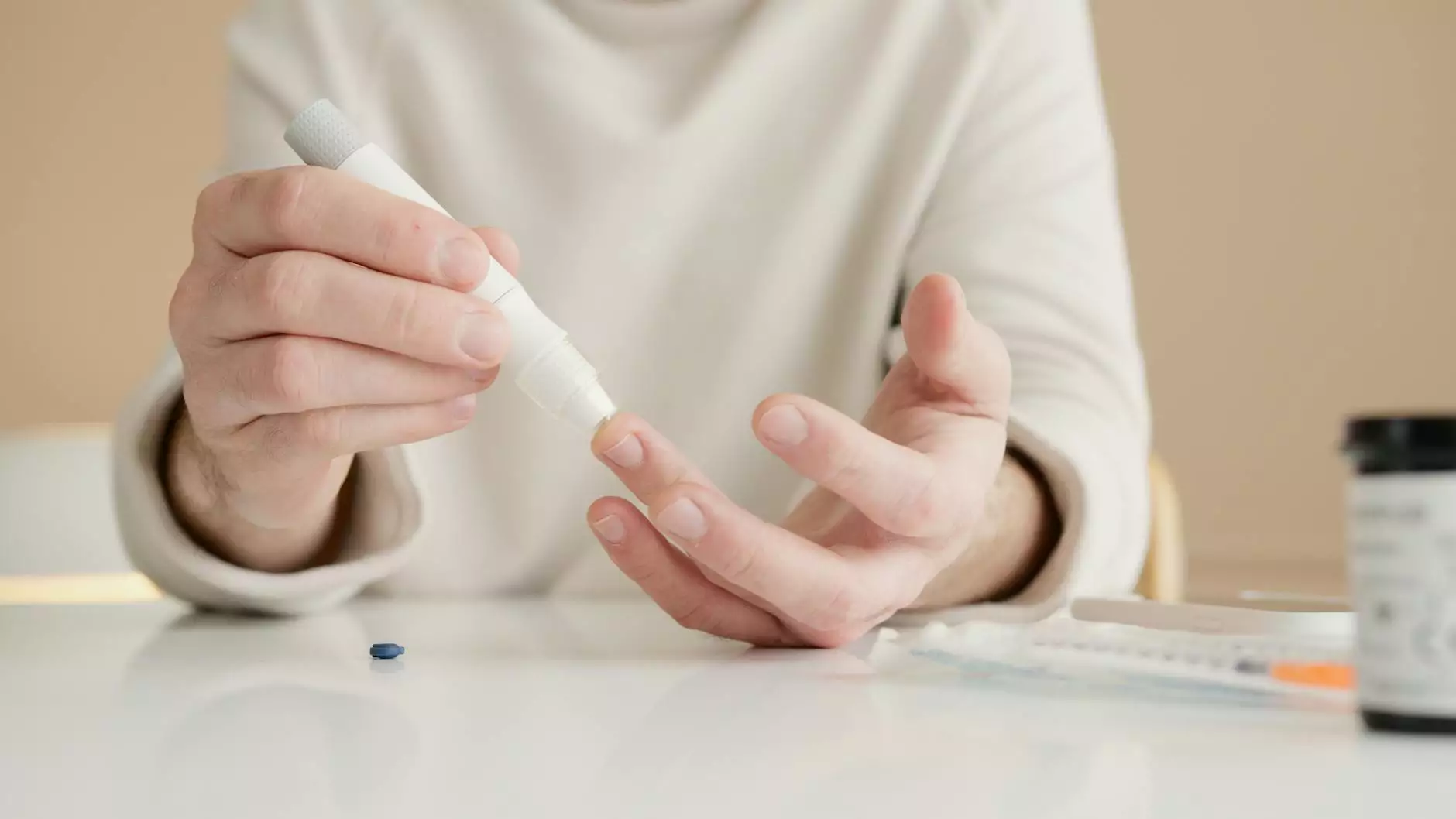Pain Behind Knee Blood Clot: Understanding, Impacts, and Treatment

Pain behind the knee can be an alarming symptom, especially when associated with a blood clot. Understanding the causes, symptoms, and treatments of this condition is crucial for maintaining health. In this article, we will delve into the complex nature of blood clots behind the knee, their implications, and how to seek appropriate medical attention.
What is a Blood Clot?
A blood clot, or thrombus, is a mass of blood that has changed from a liquid to a gel-like state. Clots are essential for stopping bleeding; however, when they form inappropriately inside a blood vessel, they can cause serious health concerns. The most serious type is deep vein thrombosis (DVT), which commonly occurs in the legs.
Understanding the Pain Behind the Knee
The sensation of pain behind the knee can vary significantly in intensity and character. It may feel like a dull ache or a sharp shooting pain. In the context of a blood clot, this pain can be particularly concerning and is often accompanied by other symptoms.
Common Symptoms of a Blood Clot Behind the Knee
Recognizing the symptoms of a blood clot is vital for early intervention. Key signs include:
- Swelling of the affected leg
- Redness or discoloration of the skin
- Warmth in the affected area
- Pain in the thigh, calf, or behind the knee
- Leg fatigue or weakness
Causes of Blood Clots Behind the Knee
Understanding the underlying causes of blood clots is important for prevention. Blood clots can form due to various reasons, including:
1. Immobility
Prolonged periods of inactivity, such as long flights or bed rest after surgery, can increase the risk of DVT. Blood flow slows in the legs, leading to clot formation.
2. Injury to Blood Vessels
Trauma to the leg, whether from an accident or surgery, can damage blood vessels and increase the likelihood of clotting.
3. Medical Conditions
Certain medical conditions, such as cancer, heart disease, or autoimmune disorders, can promote clot formation. Individuals with these conditions must be especially vigilant about symptoms.
4. Hormonal Factors
Hormones, especially those involved in contraception or hormone replacement therapy, may affect clotting factors and increase the risk of DVT.
5. Genetic Predisposition
Some individuals are genetically predisposed to blood clotting disorders, which can significantly elevate their risk of developing blood clots.
Diagnosing a Blood Clot
If you suspect a blood clot, it is essential to seek medical attention promptly. Diagnosis typically involves:
- Physical examination by a healthcare professional
- Ultrasound imaging to visualize the clot
- Blood tests, such as D-dimer tests, to look for indicators of clotting
Treatment Options for Blood Clots Behind the Knee
Effective treatment for a blood clot behind the knee is critical to prevent complications such as pulmonary embolism. Treatment plans generally include:
Anticoagulant Medications
Also known as blood thinners, these medications can prevent further clotting and reduce the size of existing clots. Common anticoagulants include:
- Warfarin
- Heparin
- Direct oral anticoagulants, such as rivaroxaban and apixaban
Compression Stockings
Wearing compression stockings can help improve blood flow in the legs and reduce swelling.
Thrombectomy
In severe cases, a surgical procedure called thrombectomy may be performed to remove the blood clot.
Long-term Management and Lifestyle Changes
After a blood clot, ongoing management is essential. Patients may need to continue taking anticoagulants and should adopt lifestyle changes, such as:
- Increased physical activity
- Staying hydrated
- Avoiding prolonged immobility
- Maintaining a healthy weight
Preventing Blood Clots
Prevention is the best approach to minimizing the risk of blood clots. Consider the following strategies:
- Maintain regular physical activity and exercise
- Consult a doctor about blood-thinning medications if at high risk
- Wear compression stockings during long travels
- Stay hydrated to maintain optimal blood flow
- Be mindful of risk factors, especially during recovery from surgery or illness
Conclusion
Experiencing pain behind the knee due to a blood clot is a serious symptom that requires immediate medical evaluation. Understanding the causes, symptoms, and treatment options is crucial for effective management and prevention of complications. If you or someone you know is experiencing these symptoms, do not hesitate to seek medical advice. At Truffles Vein Specialists, our team is equipped with the expertise to address such vascular concerns with compassion and professionalism. Contact us today to learn more about how we can help you achieve optimal vascular health and manage any potential risks associated with blood clots.
Contact Us
For more information about vascular health, prevention, and treatments related to blood clots, please visit our website at trufflesveinspecialists.com or schedule an appointment with our specialists.
pain behind knee blood clot








